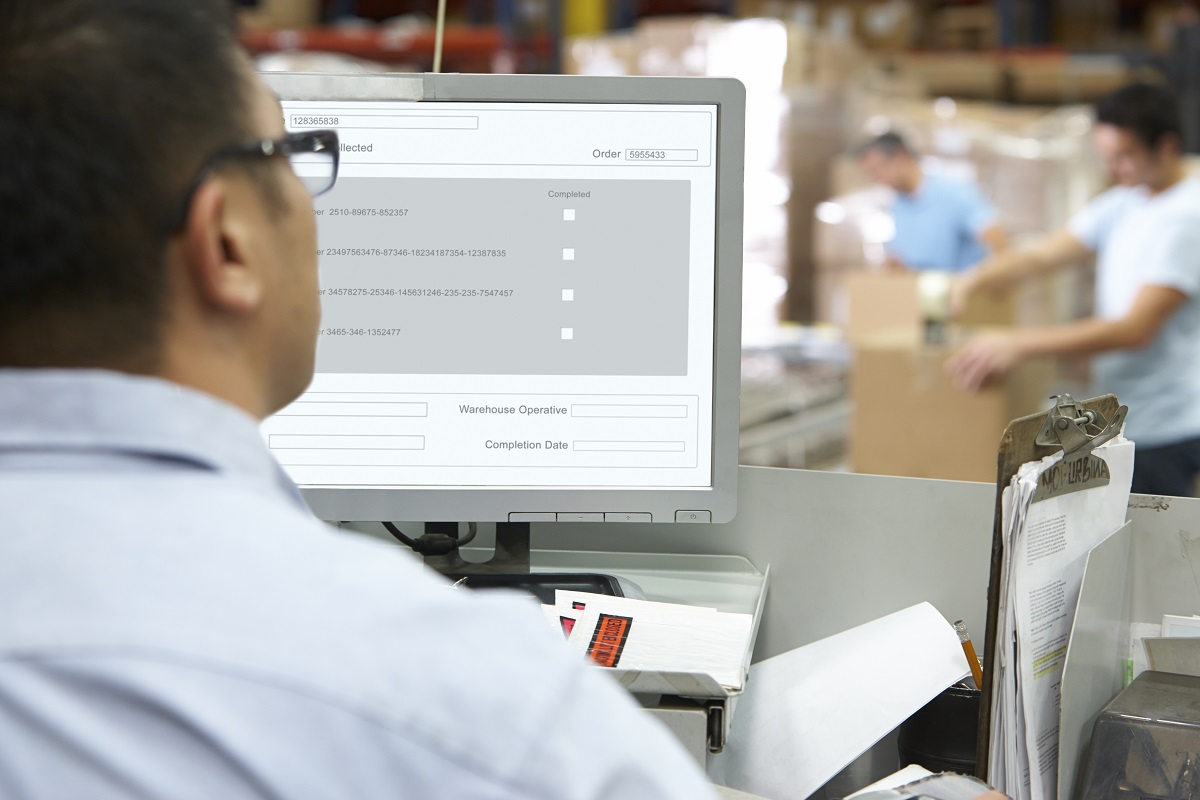5 Best Order Picking Methods
What are the best order picking methods?
- Zone Picking
- Discrete Order Picking
- Cluster Picking
- Wave Picking
- Voice Picking
In a warehouse, there are a lot of processes that are dedicated to order fulfilment. One of them is order picking and if you want to create the most efficient solutions for your facility, it’s important that you find the best order picking methods that will work. Typically, warehouses may employ only one type of this system, but it’s also common for warehouses to make use of a combination of techniques — it all depends on their requirements.
What is order picking?
Order picking simply refers to the process of picking out the right SKUs or items from a warehouse’s storage or inventory unit. As much as possible, the order pickers want to limit instances of unfulfilled orders, which is why this process is considered to be one of the most crucial, if not the most crucial stage.
Zone Picking
As the name suggests, zone picking refers to a process wherein workers are spread out across different zones. The items that are kept in each zone may be classified according to warehouse preferences, or whatever system may provide the higher level of accuracy and efficiency.
As mentioned before, each zone can be handled by a worker or a group of personnel that is responsible to pick the right items based on the order request of a customer. The zones can be organized by way of type — food, non-food, flammable, bulk, and the like.
Zone picking is ideal for warehouses that deal with a wide variety of items. However, the time it takes to pack and ship the order may be long, especially if the SKUs are located within multiple zones.
Discrete Order Picking

Despite the simplicity of the discrete order picking technique, it’s arguably one of the most efficient and most accurate methods. As the name suggests, only a single person is involved in picking out the items and SKUs from the different shelves and storage systems inside a warehouse.
Each order is handled by a single person who selects and scans the items one at a time. It’s a great way of limiting order errors because the picker is also using a scanner to make sure that the item they procure from the warehouse inventory, matches the order request they have received.
Discrete order picking is a great choice for warehouses that have only a few personnel working day-in and out. However, this isn’t really suitable for larger-scale warehouses that are constantly fulfilling multiple orders at any given time.
Cluster Picking
Unlike the first two kinds of picking methods that focus on a single order fulfillment, cluster picking works best for multiple orders. Cluster picking is best complemented with other automated warehouse systems and software due to their large-volume order completion.
Staff who have been assigned to the picking areas would first have to scan labels on empty totes or shipping containers. Each container corresponds to a specific order request made by the customer. For example, a container may contain the barcodes for multiple SKUs like a bag, clothes, hair accessories, toiletries, and the like. A picker would make a single pass to the shelves that contain a single SKU type and then place them inside each box. This is done for other remaining products.
To ensure that each item that is placed inside the storage containers are accurate, pickers would have them individually scanned before and after placing them in the boxes. Since this process is considerably more complex compared to the first two, there needs to be a sophisticated and organized warehouse system that’s also in place.
Wave Picking

Wave picking doesn’t really refer to the kind of picking process — especially regarding the number of personnel, storage containers, SKU categories, and shelving technique. Rather, the process refers more to the scheduling or the batching for each request.
Wave picking can be combined with cluster or discrete order, depending on the system that’s already being practiced in the warehouse. Here’s how.
- It first starts off with a personnel receiving a picklist of consolidated items. The picklist is essentially a document that tells the order picker what items have to be procured from the inventory.
- Using a multi-storage container picking cart, the worker manages each order on their list. Each wave usually involves more or less 4 to 12 orders in each wave.
It’s up to you to determine how many orders can be fulfilled in each wave. If your warehouse isn’t really big and doesn’t really handle droves of order requests at one time, then a minimum of 3 orders per wave may be fine. The same is true for the alternative.
Voice Picking
Modern warehouses may also employ a combination of manual and automated order picking systems, such as voice picking. In this method, each order picker has to wear a smart picking device wherein they’ll be communicating with an assistant. Voice picking greatly reduces the need for paper labels in a warehouse.
The picker would be communicating with the device on which location inside the warehouse they would have to go to. Upon arrival, the picker would confirm the location with the device, to ensure that they’re in the correct aisle or zone. The operator would then be dictating the SKU type and quantity for each order which is also confirmed by the picker before completion. They would then have to move towards fulfilling the next batch of orders.
Key Takeaway
The best order picking methods that you have encountered on this list are zone, discrete, cluster, wave, and voice picking.
Each method has its advantages and disadvantages for a variety of warehouse systems — it’s important that warehouse managers find the right one to improve efficiency in all warehouse areas. By sticking to an organized picking system, order fulfillment accuracy can increase, and may potentially lead to other positive customer satisfaction outcomes for the warehouse.
